I have searched this enough & haven't found the answer yet. So I am asking.
According to the Google cloud datastore doc.
There is a write throughput limit of about one transaction per second within a single entity group.
Now let's just say I have an Entity User & another entity Cars. They have a common parent. So User+Car+Their_Parent is one entity group. Right?
Let's assume In the datastore User & Car have a million instances/rows each.
If I fire a transactional query to update instance/row in the datastore.
My confusion is how many Entity group instances get locked for applying the write limit for Google DataStore?
A. User + Car (Comprehensively with twenty million instances)
B. Just 1 instance of User + Car? (1 user row & 1 car row)
In database parlance, User is an Entity Kind/Table. So does the entire Table/Kind gets locked for 1 write operation or just one instance/Row gets locked for 1 write operation?
If A is the case does that mean for 1 write, all 20 million rows of User+Car entities will be locked? That's crazy. What if I have to update all 20 million rows. If a write operation is updating just 1 row, will 20 million rows require 20 million secs to avoid any contention?
